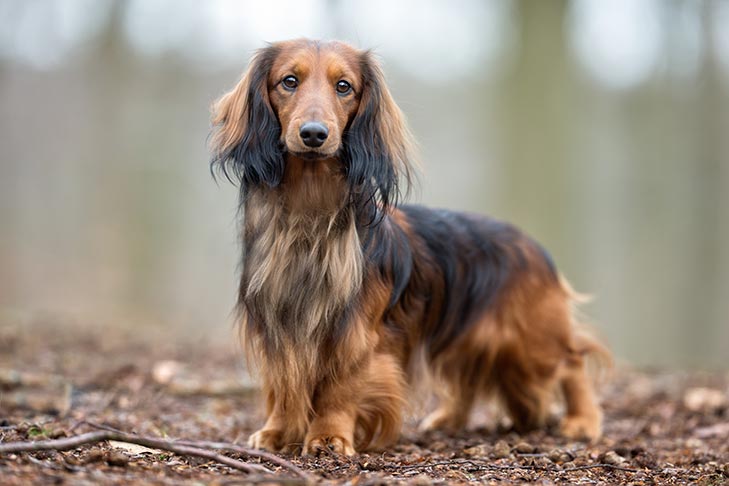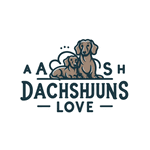- Origins dating back to ancient Egypt and 15th century Germany
- Bred for hunting badgers, Dachshunds have distinctive physical features
- Evolution of the breed into today’s varieties: standard, miniature, and kaninchen
- Rise in popularity during the 19th century, including association with German royalty
- Impact of the World Wars on the breed’s perception, especially in the United States
- The Dachshund’s role in popular culture and as a symbol of Germany
- Current status as a beloved pet and show dog worldwide
The history of the Dachshund is rich and detailed, dating back centuries to its initial role as a formidable hunter to its current status as an endearing companion. These iconic dogs, with their unmistakable long bodies and short legs, have captured hearts around the globe. Understanding their comprehensive history provides insight into how they evolved to fill both their original roles in hunting and their modern roles as cherished pets.
> READ MORE:
Contents
Early Beginnings: The Dachshund’s Origins
Remarkably, references to dogs resembling the Dachshund date back to ancient Egypt, where engravings and mummified dogs bear a stark resemblance to today’s breed. However, the true consolidation of the Dachshund’s lineage occurs in 15th century Germany. The breed was primarily developed to hunt badgers; their name even derives from the German words ‘Dachs’ (badger) and ‘Hund’ (dog).
The Dachshund’s physique — long and low — makes them well-suited to burrow into dens and battle their quarry. Their large, paddle-shaped paws are perfect for digging, while their deep chests contain ample lung capacity for stamina in the field. Additionally, their long tails, often seen boldly waving like a flag, served a practical purpose, allowing hunters to pull their dogs out of dens if needed.
Diverse Varieties: Standard, Miniature, and Kaninchen
Through selective breeding, different variations of the Dachshund emerged. The standard Dachshund was the original size, but the breed was later miniaturized to hunt smaller prey, such as rabbits. Eventually, three main sizes became recognized: standard, miniature, and kaninchen — the latter being the German word for rabbit, indicating this size’s specialization.
The Royal Connection and Surge in Popularity
The 19th century marked a significant upsurge in the breed’s popularity. German royals, especially Prince Albert of Saxe-Coburg and Gotha, husband of Queen Victoria, were known to be fond of Dachshunds, which bolstered their reputation and popularity. The breed’s association with German culture and royalty made it a symbol of prestige.

Challenges of War: The Dachshund’s Perception Battles
The World Wars were challenging times for the Dachshund. Owing to its strong association with Germany, the breed faced backlash in enemy nations, particularly the United States. Efforts were made to rebrand the breed as the ‘Liberty Hound’ to counteract negative perceptions.
A Cultural Icon: The Dachshund in Art and Media
Post-war, the Dachshund reclaimed its popularity and became an emblematic figure, not just in Germany but internationally. It appeared in art, literature, and eventually, in numerous media portrayals that showcased the breed’s unique and loveable character.
Today: The Dachshund’s Status
Currently, the Dachshund enjoys prominence as both a companion animal and a contender in dog shows. Their loyal and playful nature, coupled with their distinct appearance, continues to endear them to dog lovers worldwide.
The comprehensive history of the Dachshund is a testament to their resilience and adaptability. From ancient roots to modern popularity, the journey of this breed is indeed a fascinating one. Whether working diligently as hunters or delighting families as household pets, Dachshunds have an enduring legacy that speaks to their character, versatility, and enduring charm.

